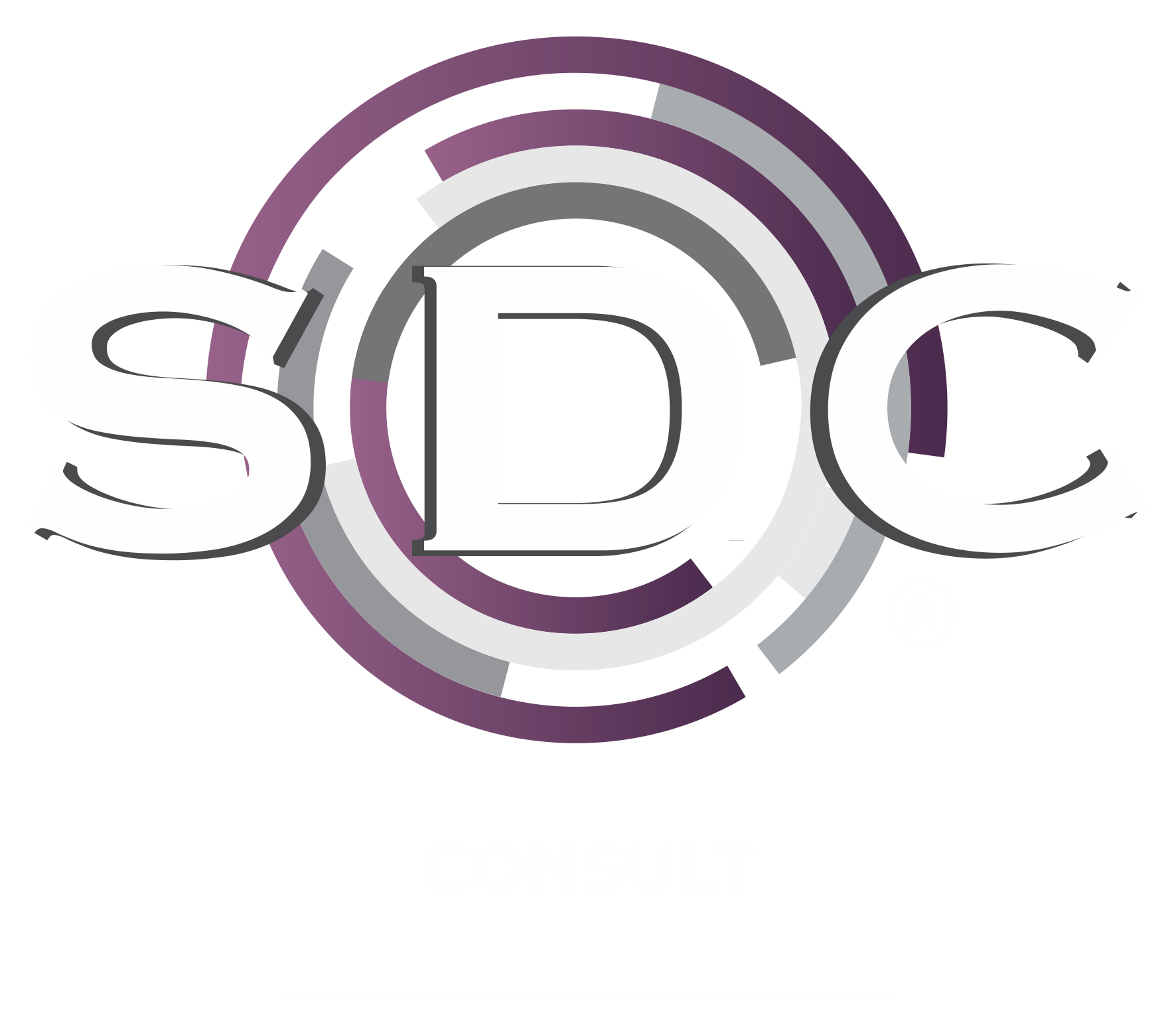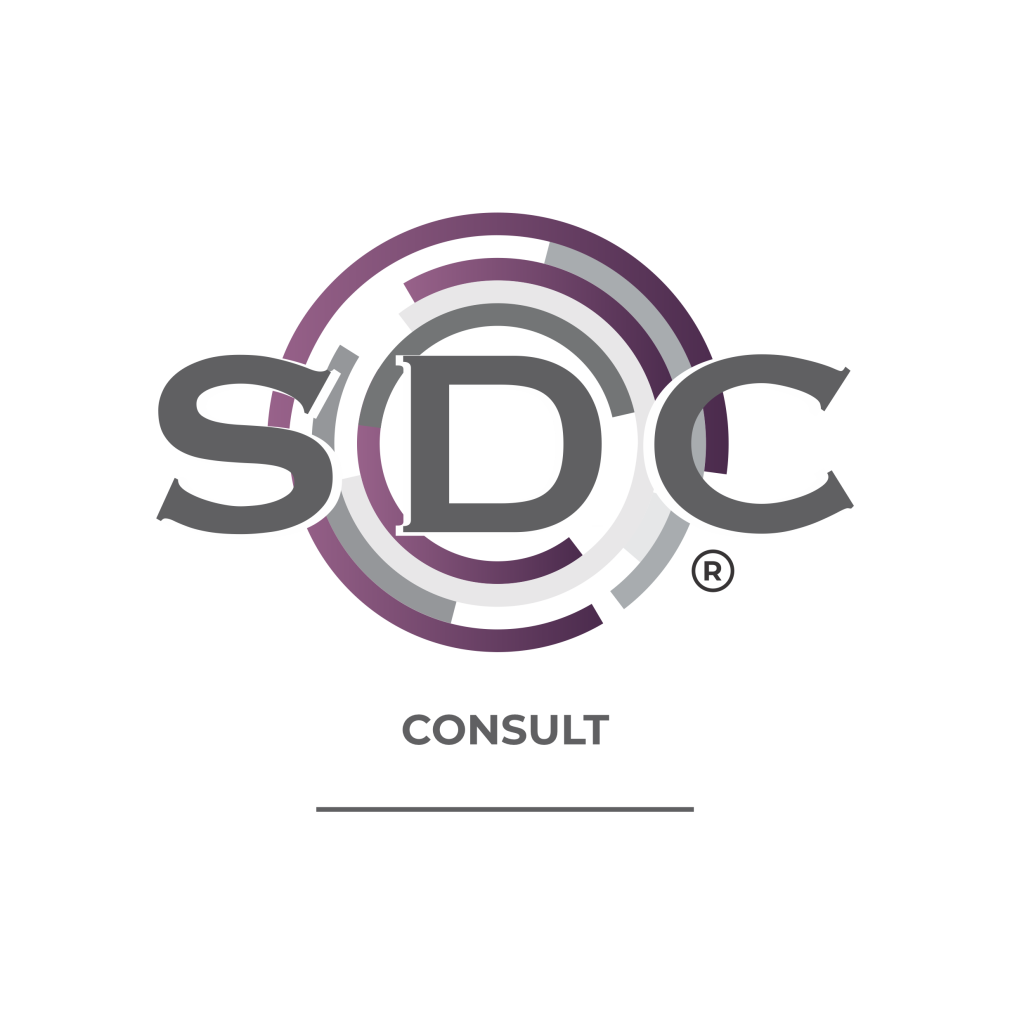
-
SDC Consult > Short Courses > Decision Making and Resource Management
Decision Making and Resource Management
Certification:
Received upon successful completion of the course.


Decision Making and Resource Management
Effective decision making and resource management are critical aspects of successful business operations. These processes involve making choices, allocating resources, and optimizing outcomes to achieve organizational goals.
Effective decision making and resource management require a combination of analytical skills, strategic thinking, and the ability to adapt to changing circumstances. These processes are ongoing and iterative, with opportunities for continuous improvement as organizations evolve and grow. Successful businesses prioritize making well-informed decisions and efficiently managing their resources to achieve their objectives and remain competitive.

Course Index
- Techniques to deal with different views during a meeting
- Distribute records for a meeting
- Identify and develop objectives
- Formulate a plan to meet the objective
- Implement the plan
- Monitor activities
- The concept of budgeting pertinent to an area of responsibility
- Determine the elements of a budget in area of responsibility
- Monitor and control actual expenses against budget
- Define the problem
- Investigate the problem
- Generate and implement the solution
- Evaluate the effectiveness of the solution
What can be learned.
Decision Making – Identify the Problem or Opportunity:
Start by clearly defining the problem or recognizing an opportunity that requires a decision.
Gather Information:
Collect relevant data and information to understand the situation, including potential consequences and available alternatives.
Analyse Options:
Evaluate different courses of action or solutions to address the problem or seize the opportunity.
Consider the pros and cons, risks, costs, and benefits of each option.
Set Criteria and Prioritize:
Establish decision criteria, such as priorities, goals, and key performance indicators (KPIs).
Rank or prioritize the options based on how well they align with these criteria.
Make the Decision:
Select the best option based on the analysis and criteria.
Ensure that the decision is aligned with the organization’s mission, values, and long-term objectives.
Implement the Decision:
Develop an action plan to put the decision into practice.
Allocate resources, assign responsibilities, and set timelines for execution.
Monitor and Evaluate:
Continuously assess the outcomes and effects of the decision.
Adjust the plan as needed and learn from both successes and failures.
Resource Management – Identify Resources:
Identify the key resources needed to execute the decision, including financial, human, physical, and technological resources.
Allocate Resources:
Determine how resources will be allocated among various projects, departments, or initiatives.
Ensure that resources are used efficiently and in alignment with strategic goals.
Budgeting and Financial Management:
Develop budgets that outline planned expenditures and revenue sources.
Monitor financial performance, control costs, and make adjustments as necessary.
Human Resource Management:
Recruit, train, and retain skilled employees who can contribute to the success of the organization.
Manage staffing levels, performance, and workforce development.
Technology and Equipment:
Maintain and upgrade technology infrastructure and equipment to support business operations.
Ensure that technology investments align with the organization’s strategic objectives.
Inventory and Supply Chain Management:
Optimize inventory levels to minimize carrying costs while meeting customer demand.
Manage the supply chain efficiently to reduce lead times and costs.
Risk Management:
Identify potential risks that could affect resource management, such as supply chain disruptions or financial volatility.
Implement risk mitigation strategies and contingency plans.
Environmental Sustainability:
Consider environmental impact and sustainability in resource management decisions, including energy usage, waste reduction, and eco-friendly practices.
Performance Metrics:
Establish key performance indicators (KPIs) to measure the effectiveness of resource management.
Regularly assess and adjust resource allocation based on performance data.
Available Platforms:
- Face-to-face at one of our training venues.
- Online via Microsoft Teams.
Check-in time is at 8:15, introduction starts at 08:30 to 09:00am
Course Includes:
Tea, coffee, cookies, 2 sweets, water, pen, manual and a light snack for lunch. The courses usually end around 13:00 depending on the size of the company as well as the number of questions during the course.
Break Times:
There will be a break at 10:30 that includes tea, coffee, and a muffin. The course will commence at 11:00 to 13:00.
